Technical specifications as listed by Mayhems:
- Quad Reflow Chamber
- Screw Anti-Piercing Plates on both sides
- Push, Pull and Push/Pull Configured
- 2 Ports
- Copper Louver Fins (9 FPI @ 30 micron)
- 36 Copper Tubes (3 rows of 12)
- High Grade Brass End Tanks
- 125mm x 63mm x 390mm (Width x Depth x Height)
- Weight : 1.36 kg
- Matt Black Coated
- RoHS Compliant
- 180 Degree Logo
- Lifetime Limited warranty
- Guaranteed not to discolour premixed coolants (from new)
Dimensions Measured on the radiator tested (retail unit):
Radiator Core Dimensions:
I can’t see how Mayhems can list the length as being 390mm. My sample was clearly over 400mm long, with an exact measurement of 403mm. The other dimension being 1 or 2 mm different I can let slide due to manufacturing irregularities, but I believe a difference of 13mm needs attention drawn to it.
Update: Since publishing the review Mayhems have updated the dimensions on their website and were thankful for bringing the discrepancy to their attention. It now reads 127mm x 63mm x 403mm. (Width x Depth x Height) Much better!
The fin spacing is very uniform up and down the tubes as should be expected from a low density core.
The Havoc 360 has a low fin count of 9 FPI (fins per inch) which was measured in numerous places on the core.
Now about the core itself – a big feature of the Havoc 360 is its coolant flow path and how it is implemented. You may have been wondering exactly what is meant by a quad reflow chamber that is in the specs and how does that work with 3 rows of 12 tubes.
First of all let’s understand that the flow pattern of the vast majority of pc radiators is dual pass (no matter how many rows of tubes they have). Dual Pass meaning that the coolant travels the length of the tubes twice, entering the inlet port of the inlet tank and flowing up the tubes on that side of the radiator core. At the return end tank (non port end) the coolant is forced under pump pressure down the tubes on the other side of the radiator core returning to the outlet tank and exiting the outlet port. Here is a simple representation of a regular dual pass radiator’s coolant flow path. The UT60 was chosen because the port end tanks are already divided which should make the visual representation easier to understand:
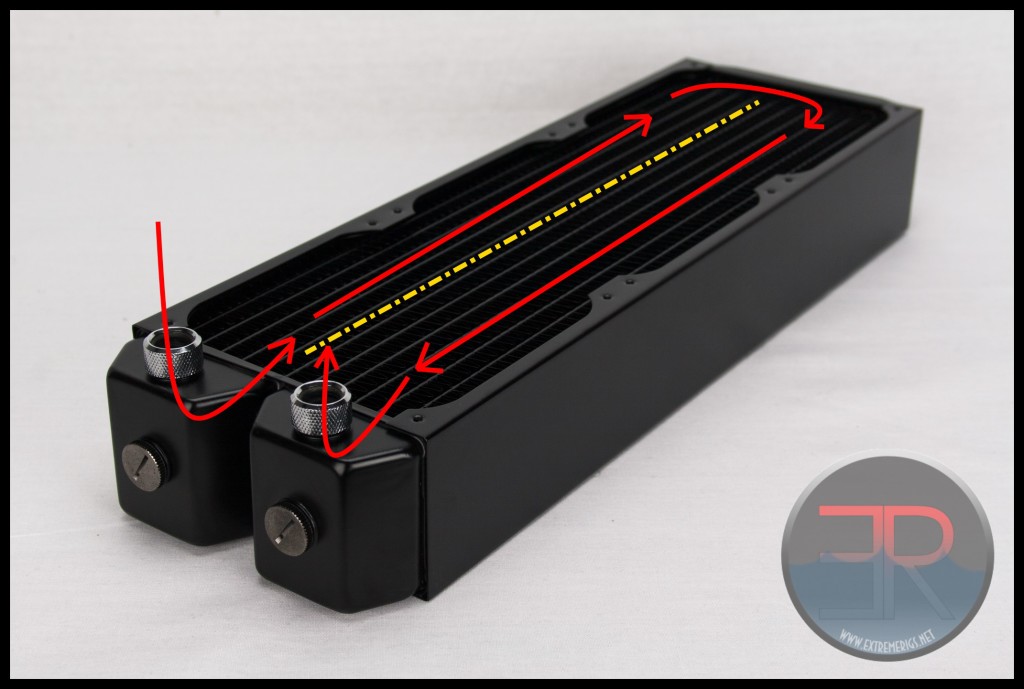
Mayhems have taken an entirely different approach with the coolant flow path of the Havoc 360 by soldering brass plates into the tanks at each end of the core. By doing so they have created a quad pass design in which the coolant has four trips up and down the tubes.
Here I’ve detailed the coolant flow path of the Havoc 360. Use the images below for clarification.
- Coolant enters the inlet port half of the rad (bottom left).
- Travels up the front row of six tubes to the return tank end (1st pass)
- Brass divider plate prevents transfer of coolant to outlet side.
- Coolant travels back down the 2 rear rows of tubes (12) at the back of the inlet port half (2nd pass)
- Coolant travels up the 2 rear rows of tubes (12) at the back of the outlet port half (3rd pass)
- Coolant travels down the front row of tubes (6) on the front of the outlet port half (4th Pass)
- Coolant exits the outlet port.
To help fully understand here are some more images. This is the port end tank – the inlet port would be at the front of the smaller section on the lower left:
This image shows both the tank ends and where the Brass divider plates are located.
Testing will tell if this quad flow configuration will result in good performance. The things to consider are that the 3rd and 4th pass is getting cool fresh air (when set up as intake side) as in a typical front mounted vertical installation. So in theory the 1st and 4th pass are getting “used” warm air to transfer heat from 1/3 of the radiator’s tubes – especially the 1st pass as I am certain that the 2nd pass will be removing most of the heat. This is the configuration that the rad will be installed and tested in the thermal chamber. All thermal data will relate to this installation scenario..
If the Havoc 360 is roof mounted and fans set as exhaust the dynamics of how airflow and coolant flow interact would change, probably quite a significant change, but that is speculation and due to the thermal chamber design can not be tested in this configuration.
Due to the end tank plates I believe that the Havoc 360 will take twice as much “work” to bleed air out when commissioning a loop particularly when mounted vertically. The divider plates make more places that air can get trapped and therefore harder to bleed out. I found after testing that it was difficult to get all the coolant out for safe storage of the rad.
Finish and Features
Mayhems chose to use an 8mm internal shroud depth on each side which is fantastic. This depth helps avoid a “dead spot” of the fan hub, increasing the fan performance and therefore the radiator performance. It is fitted with protection plates to avoid core damage from using incorrect length screws. The plates could have been fitted the other way around to allow the user more freedom of choice with crew length.
The Havoc 360 has matte black paint job with a smooth finish that was free of any blemishes. The joins all look good. It feels weighty and solid. All round the Havoc 360 looks and feels like a quality unit.
On each side is a new Mayhems logo for the havoc series rads.
There is just one set of G ¼ ports. More than 2 ports can not be fitted due to the internal flow path targeting a single row of tubes in the 1st and 4th passes.
Care has been taken to not paint the threads which is always pleasing to avoid the possibility of paint chips entering the system when screwing the fittings in.
Of course the biggest problem at launch was the drama with XSPC. While I do not wish to stir things up again it’s worth explaining what happened. XSPC felt that the design was a copy of the XSPC RX v2 series design manufactured by Coolgate. XSPC claims they owned the design and that Mayhems was effectively stealing it. Mayhems claimed that while parts of the design are the same, the rights of those parts were owned by Coolgate not XSPC. In addition Mayhems claimed to have some unique design touches such as the “quad pass” setup, the “real split fins” and the chamfered end tank. While there certainly are design differences there are also great similarities. It is not for us to judge the murky legalities of who owned the IP. Suffice it to say that XSPC and Mayhems are not friends, and Mayhems has struggled to get the radiator into resellers which they claim is due to pressure from XSPC. It should be also noted that XSPC no longer sell the RX v2 but have moved on to the v3 design.
Enough of the drama – let’s see how it performs…








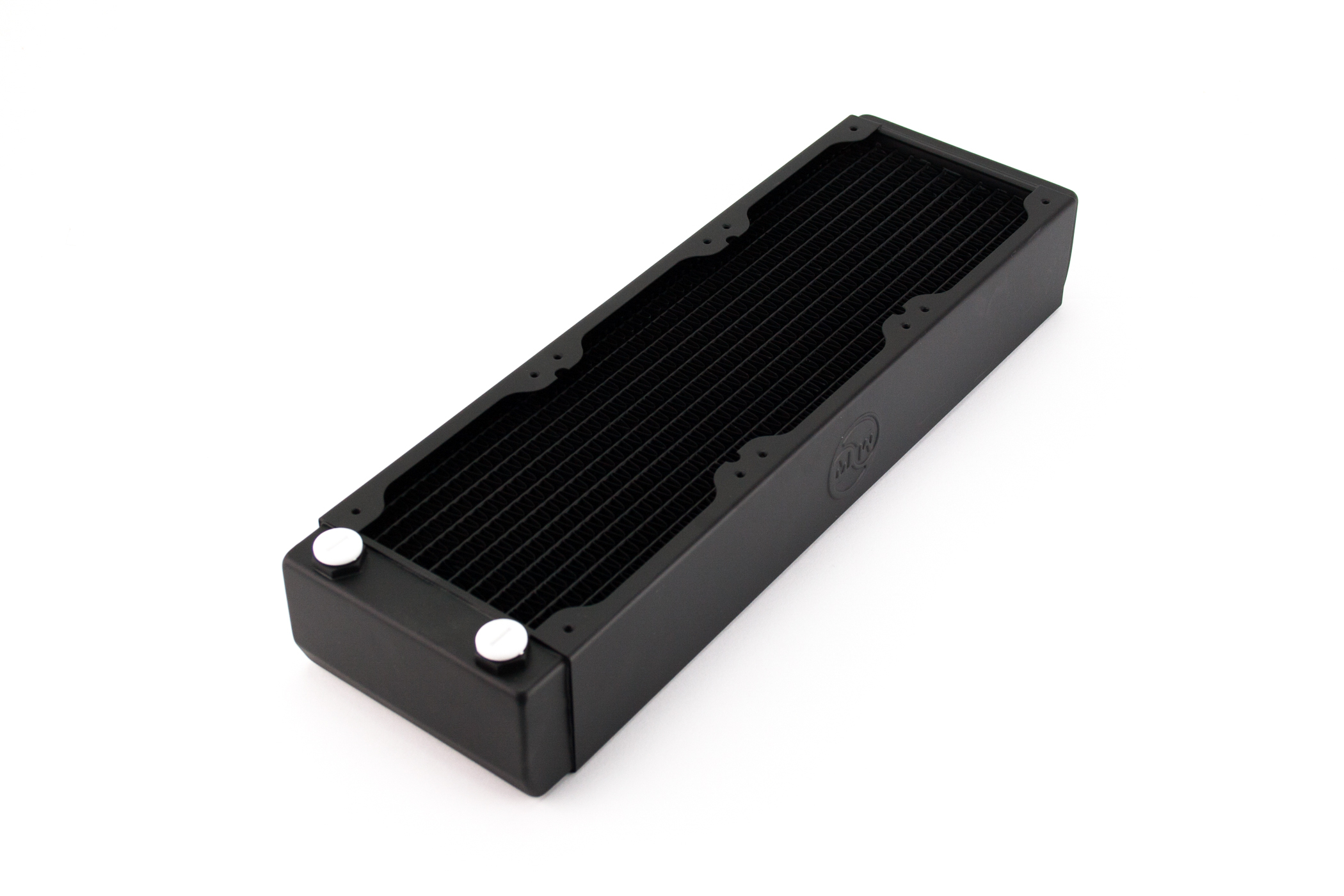


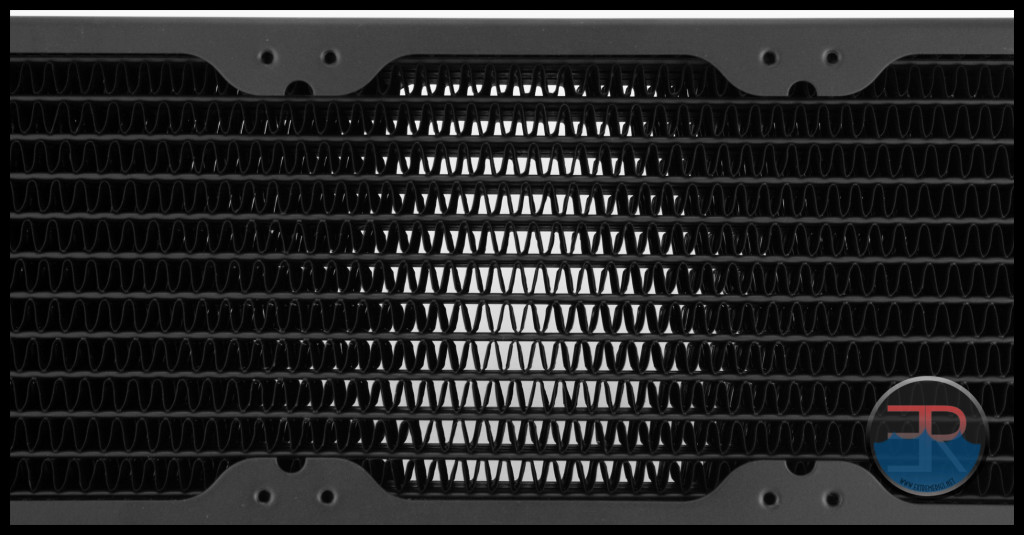
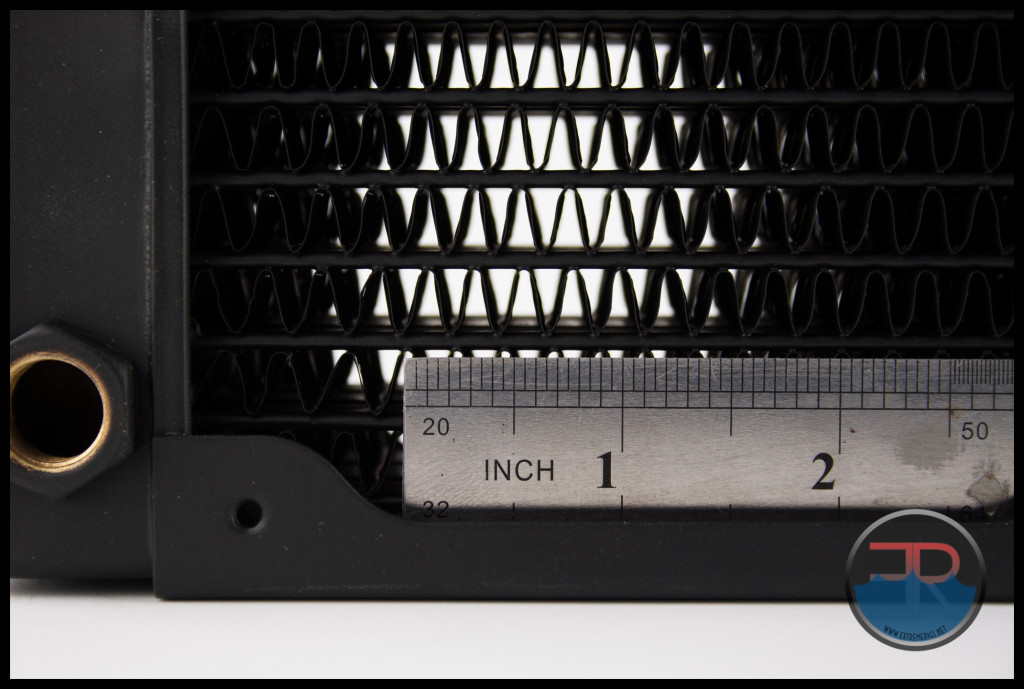
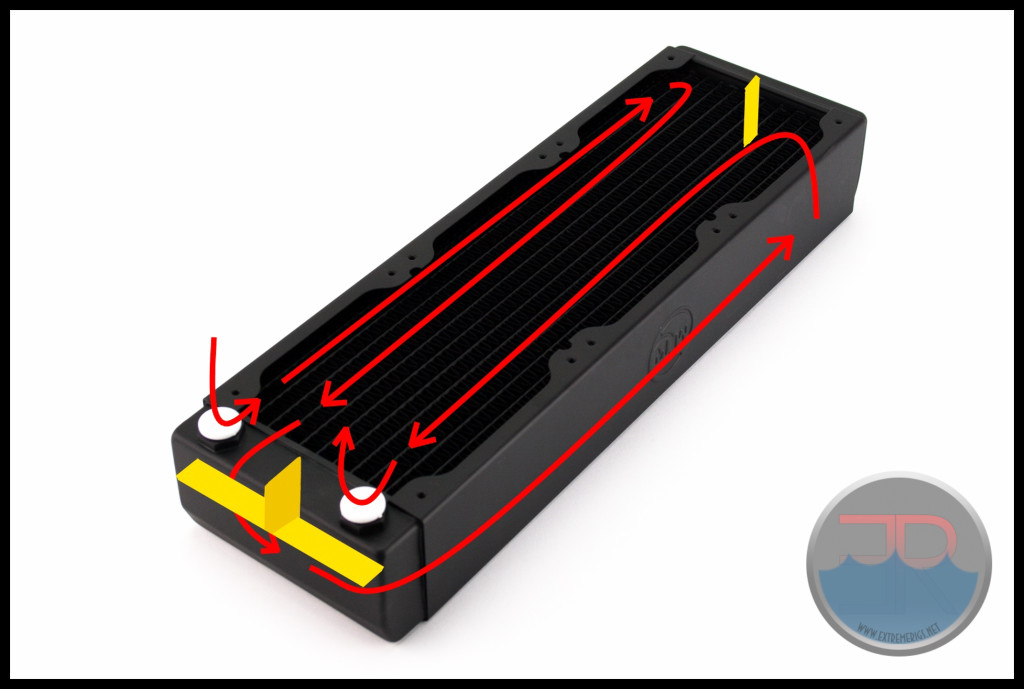
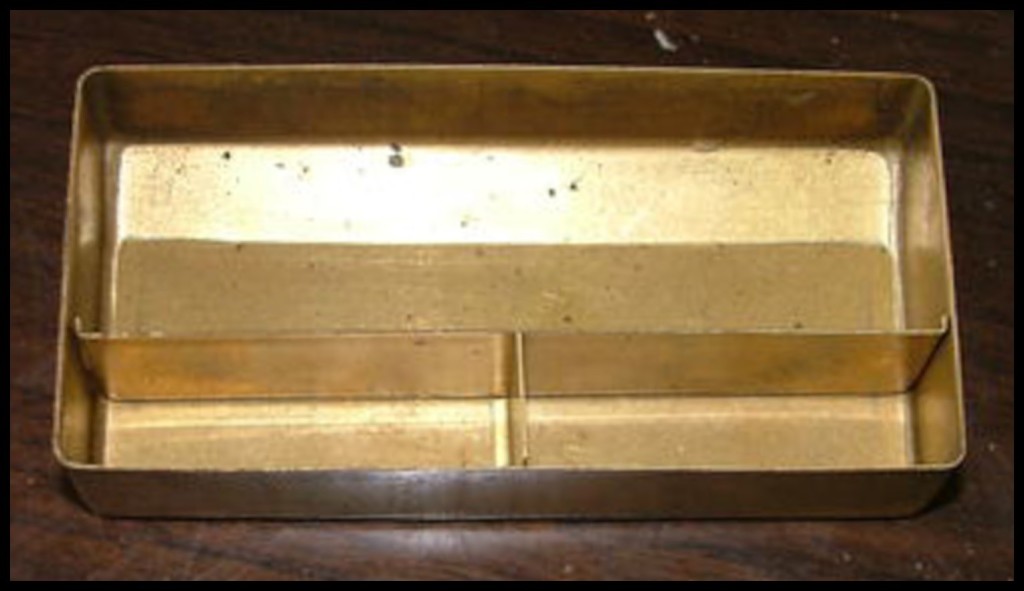
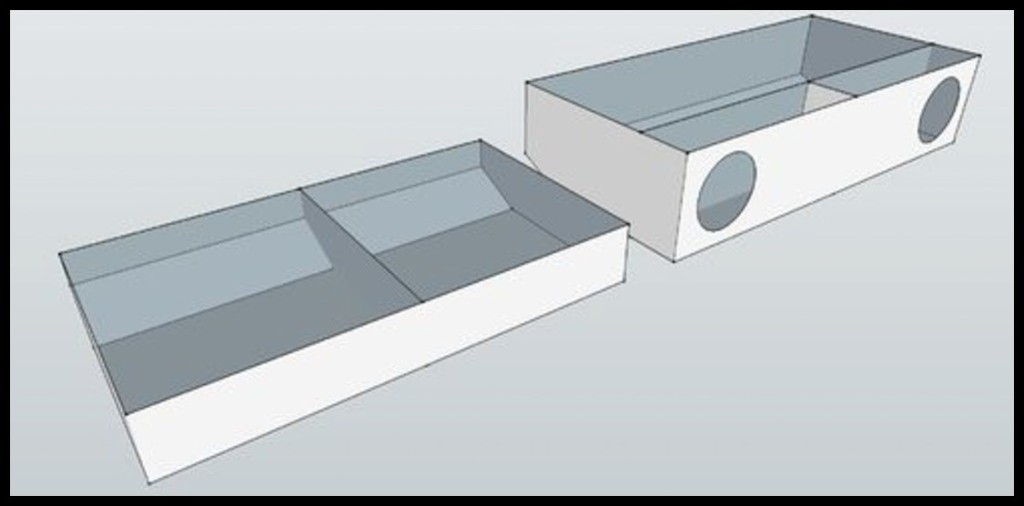
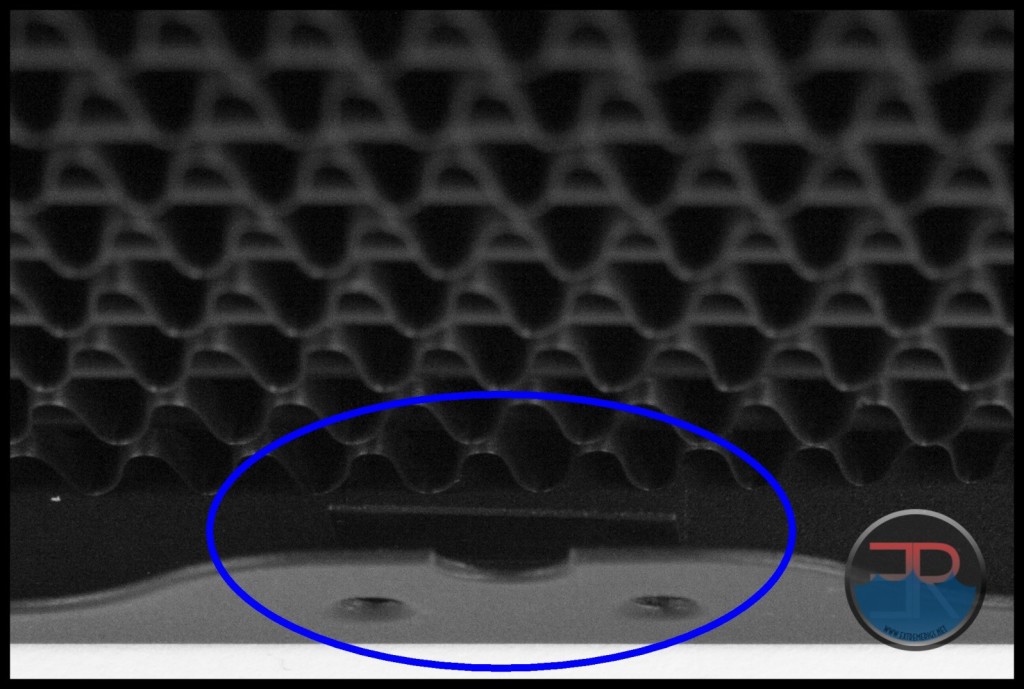
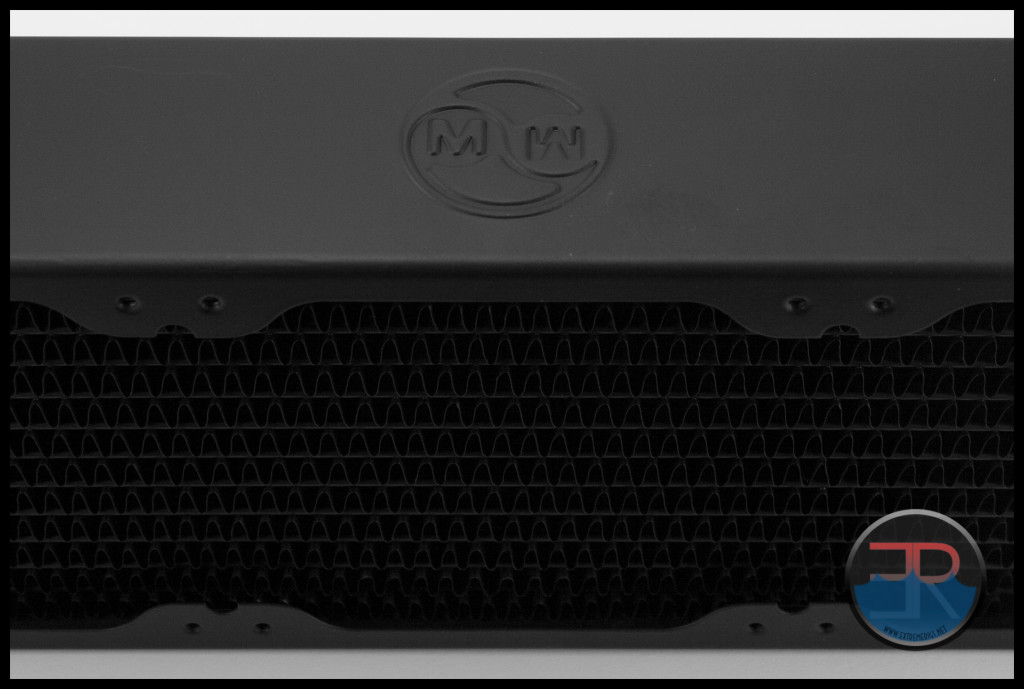
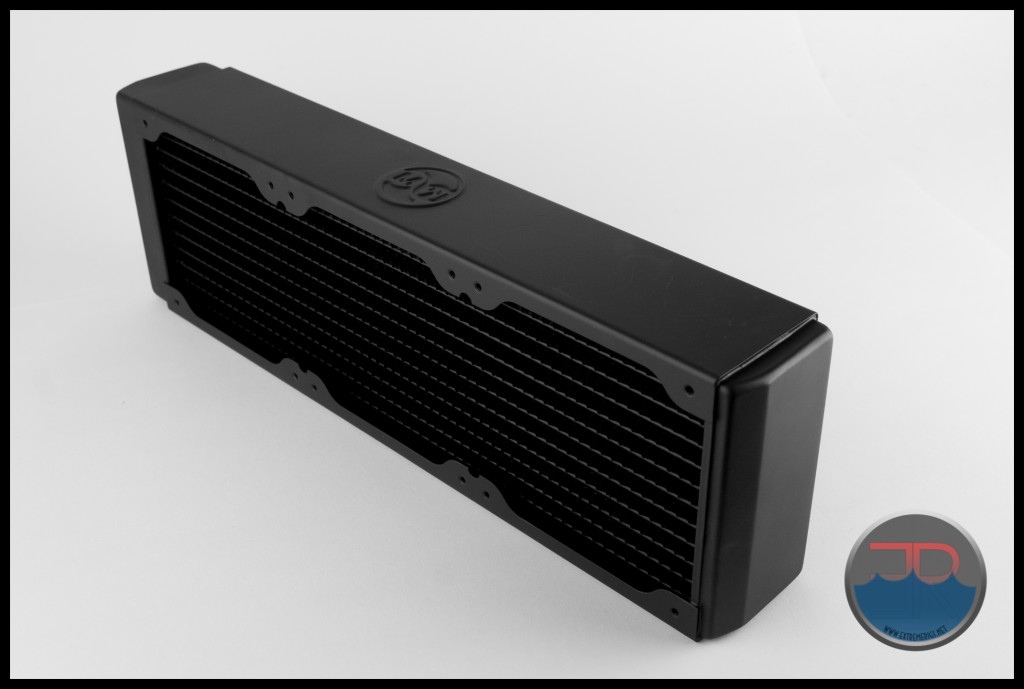
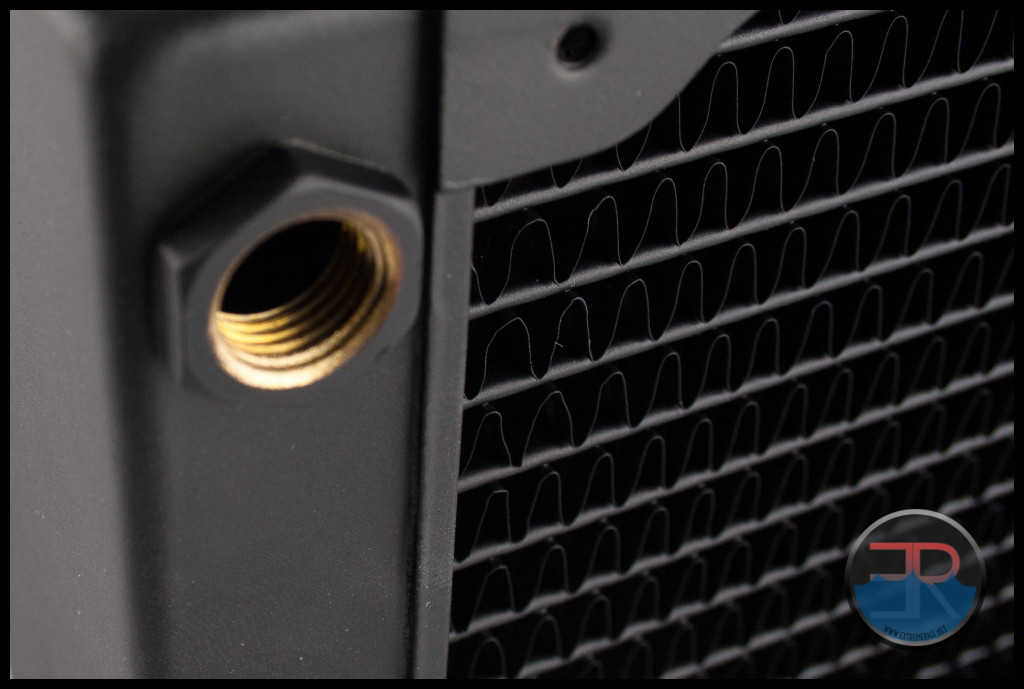




[…] Hardware Labs SR-1 360 Radiator Koolance HX-360XC 360 Radiator Magicool G2 Slim 360 Radiator Mayhem’s Havoc 360 Radiator Phobya G-Changer V2 Full Copper 360 Radiator Watercool HTSF2 3×120 LT 360 Radiator XSPC EX 360 […]
Comments are closed.